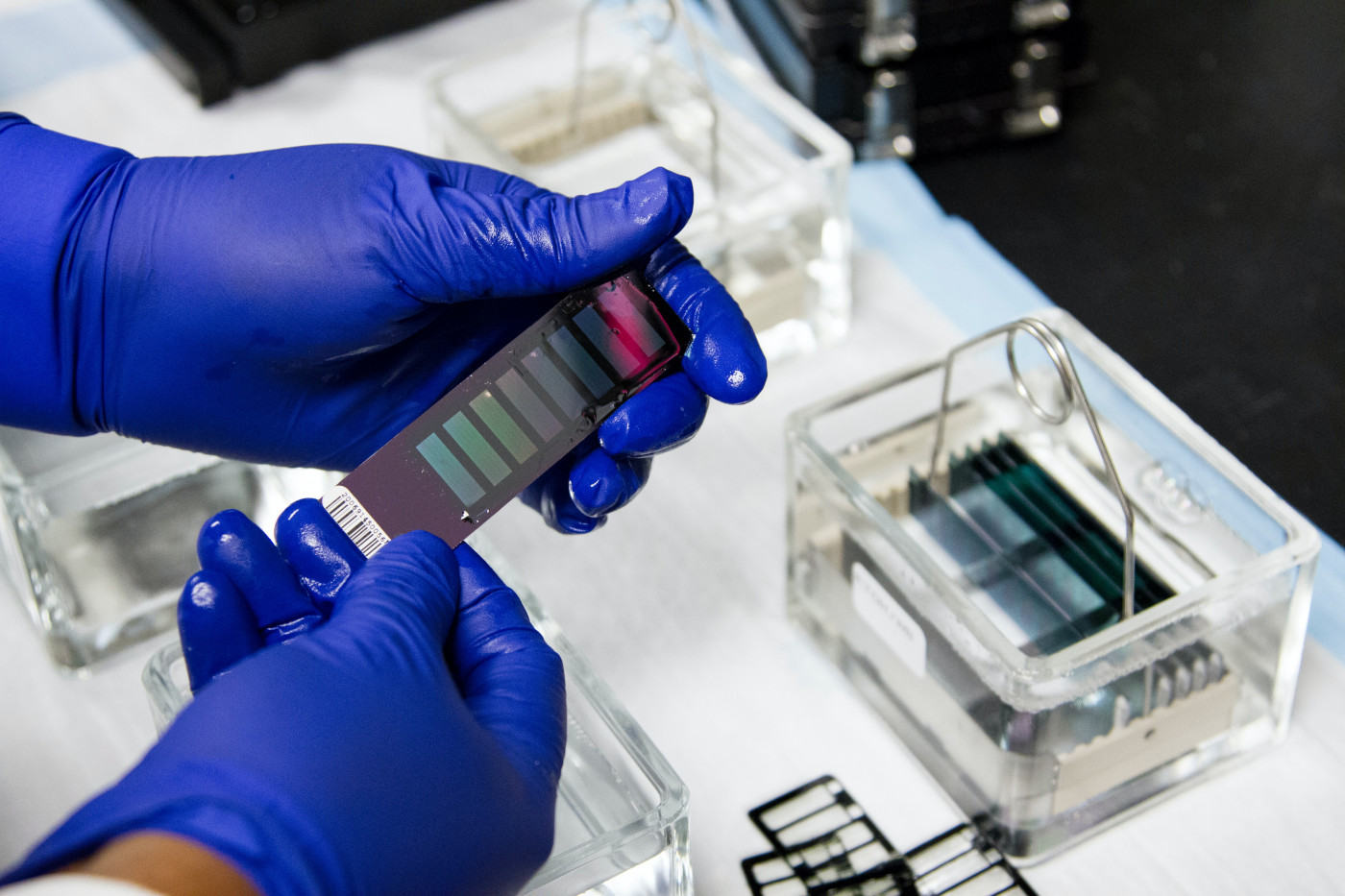3 Methods for Measuring C1-INH Activity Give Comparable Results

Assessing C1-inhibitor (C1-INH) activity for the diagnosis and monitoring of hereditary angioedema (HAE) can be done through three distinct validated methods with similar accuracy, a new study found.
The study, “Parallel comparison of three methodologies for measuring functional C1-inhibitor in Hereditary angioedema patients,” was published in International Immunopharmacology.
Characterized by sudden but temporary swelling in the deeper layers of the skin, HAE is caused by a lack of functional C1-INH, a protein that normally plays a regulatory function in the blood by binding to other proteins. By binding such proteins as C1s and Factor XIIa (FXIIa), C1-INH blocks various inflammatory processes. In HAE, a lack of functional C1-INH leads to abnormal activity in these processes, ultimately resulting in swelling symptoms.
Because of C1-INH’s central role in the disease, it is often necessary to measure its activity. Indeed, this is important for diagnosing HAE, as well as for assessing the efficacy of treatments. Of note, measuring C1-INH activity isn’t the same as simply measuring levels of the protein — if a person has high levels of the protein, but the protein does not function, they will still have the disease.
There are multiple methods used to measure C1-INH activity, but whether certain methods are more or less reliable is not clear. To learn more about their comparative accuracy, researchers at Shire — the developer of HAE therapies Takhzyro (lanadelumab), Firazyr (icatibant), and Cinryze (plasma-derived C1-INH) — compared three different methods used to measure C1-INH activity.
One of the methods is a chromogenic (color-based) assay. Very simply, this assay involves a substance that changes color in the presence of C1s, which is one of the targets of C1-INH. When C1s is blocked by C1-INH, the color change doesn’t happen. So, the extent of color change is used to determine how much functional C1-INH is present.
The other two methods are immunoassays, or techniques in which antibodies are used to detect specific molecular targets. Specifically, these assays are designed to detect C1-INH that is bound to its protein targets: one of the assays measures C1-INH bound to C1s, and the other measures C1-INH bound to FXIIa.
Using these three methods, the researchers measured C1-INH activity in blood from 50 people with HAE. These samples were collected as part of SAHARA (NCT02584959), a Shire-sponsored Phase 3 clinical trial that assessed the efficacy and safety of Cinryze for the prevention of HAE attacks.
For comparison, C1-INH levels also were measured in blood samples from 50 healthy individuals (controls).
In general, measurements taken by the three methods were comparable, with C1-INH activity found to be lower in the HAE samples than those from healthy controls across all three methods.
HAE patients showed measurements of 260 milliunits per milliliter (mU/mL; a measure of protein activity) on average in the chromogenic assay, with measures for the healthy participants averaging 1,316 mU/mL. In the C1s-binding assay, on average, those with HAE had measurements of 324 mU/mL, compared with measures of 828 mU/mL for the healthy controls. The average measurements on the FXIIa-binding assay were 169 mU/mL for HAE patients and 1,015 mU/mL for the healthy participants.
Of note, two of the HAE samples had measurements that fell into a normal range — and this was consistent across all three methods.
“Our data confirms that all three methods are comparable in fC1-INH [functional C1-INH] quantitation [measurement], as an example, each method detected the same data points from two HAE subjects as outliers with their fC1-INH in the normal range,” the researchers wrote.
Statistical analyses determined that, for all three methods, a cutoff of about 500 mU/mL could be used to accurately distinguish between individuals with or without HAE. Based on the established cutoff, the chromogenic method had only one false-negative for HAE, whereas the FXIIa-binding had only one false-positive. The C1s-binding method had three false-negatives for HAE and two false-positives for healthy controls.
“The results from FXIIa-binding [assay] were more in line with the chromogenic method,” the researchers wrote.
Additional experiments on samples taken from 15 SAHARA participants at multiple points in time also showed the three methods to be generally comparable to each other.
“These results suggest that despite following different assay principles, each method could be implemented for HAE diagnostic purposes and for measuring pharmacodynamic activity of C1-INH drugs,” the researchers concluded.






